Vehicle design can often feel like piecing together a LEGO set, where designers and engineers mix and match elements to create something bold and new. Instead of building an entirely original chassis, some manufacturers take an existing platform from another brand and rework it into their own creation. Some of these can become instant classics while others end up as complete duds.
In this article, we’ll explore five remarkable vehicles whose foundations were borrowed from a completely different manufacturer. These cars exemplify the creativity and ingenuity or sometimes the controversy of reimagining someone else’s design.
Tesla Roadster
Today, Tesla is regarded as a giant in the automotive EV market with a variety of vehicles that have become best sellers in their segments. However, Tesla’s origin is that of humble beginnings clad in Lotus underpinning. The Tesla Roadster was based on the legendary Lotus Elise chassis, a car widely regarded as one of the best lightweight sports cars. What Tesla did was take the basic Elise and redesign it to looks sleeker with smoother edges.
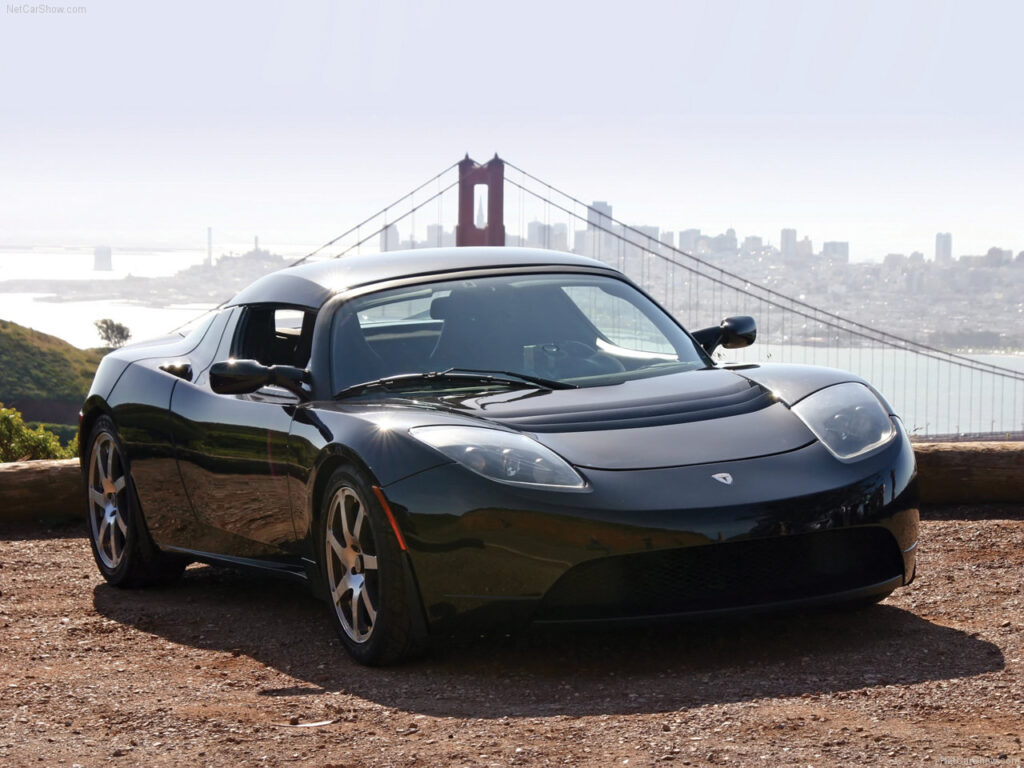
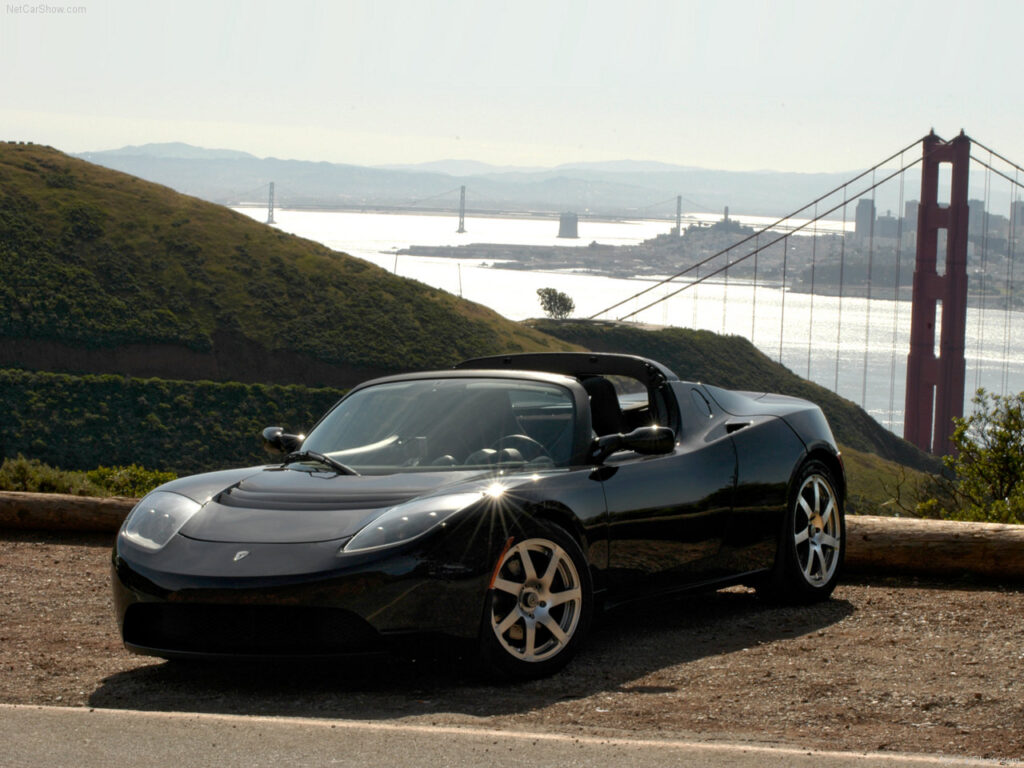
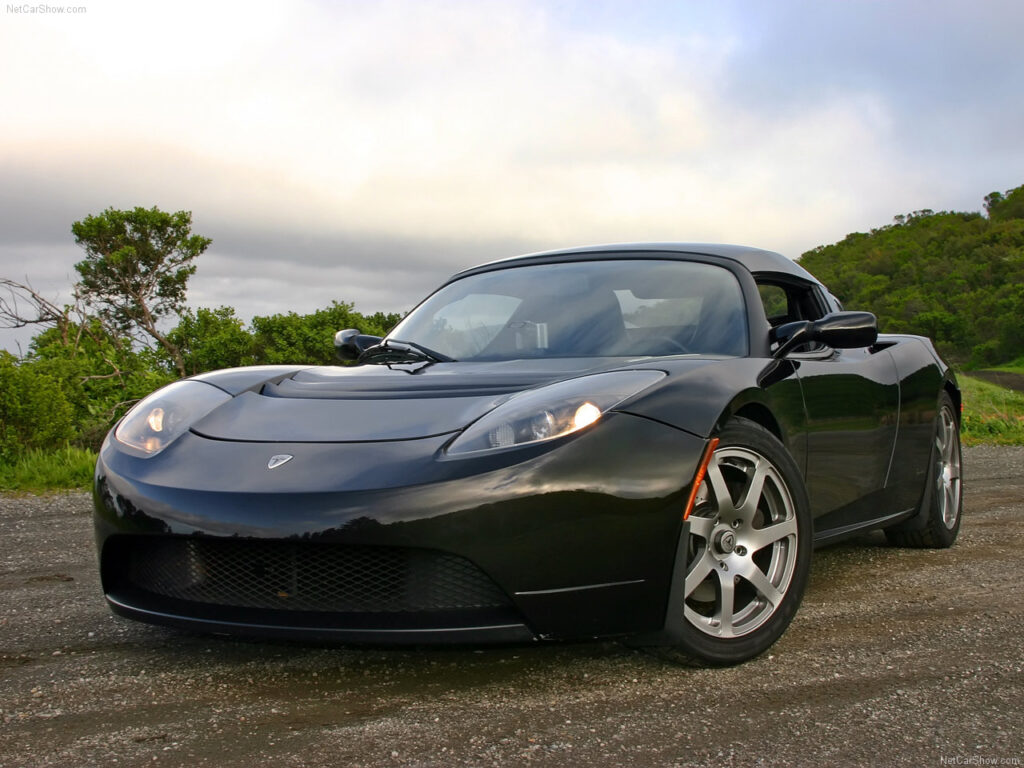
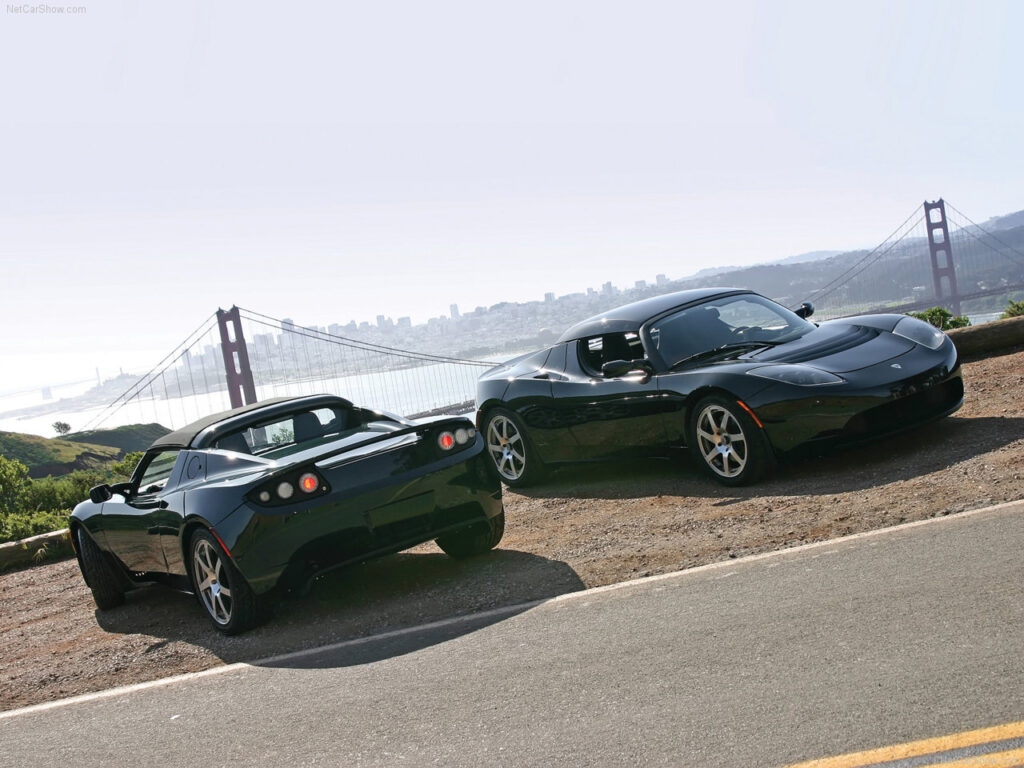
The Roadster eliminates the Elise’s headlights, turn signals and foglamps and integrates it into a single headlight unit further streamlining the front fascia. The rear radiator inlets to cool the internal combusting engine was also deleted and paired with a single wide front inlet for other cooling components made the Tesla Roadster a distinguishable vehicle from the Elise.
The most important change however for the Roadster was the replacement of the ICE engine with three-phase electric motor that produced 248 – hp and 200 ib-ft of torque, making the tiny electric Roadster an absolute ripper. The Tesla Roadster adaptation of the Lotus Elise is one of the great examples of imitation being the best form of flattery.
- Engine: Air-cooled 3-phase Electric Motor
- Power: 248 Horsepower
- Torque: 200 Pound Feet
- Transmission: Single Speed BorgWarner Transmission.
- 0 – 60 mph: 4.4 Seconds
Hennessey Venom GT
Setting the highest top speed for any production car is a big deal and for Hennessey, the Venom GT brought the small Texas based manufacturer more attention that ever imaged. Hennessey honed their supercar building knowledge from years of modifying sports cars such as the Venom 1000 Twin Turbo Viper, a car that beat the Bugatti Veyron in a 0-200mph timed test organized by Road & Track magazine in 2007 with a time of 20.3 seconds to the Bugatti’s 24.2 seconds.
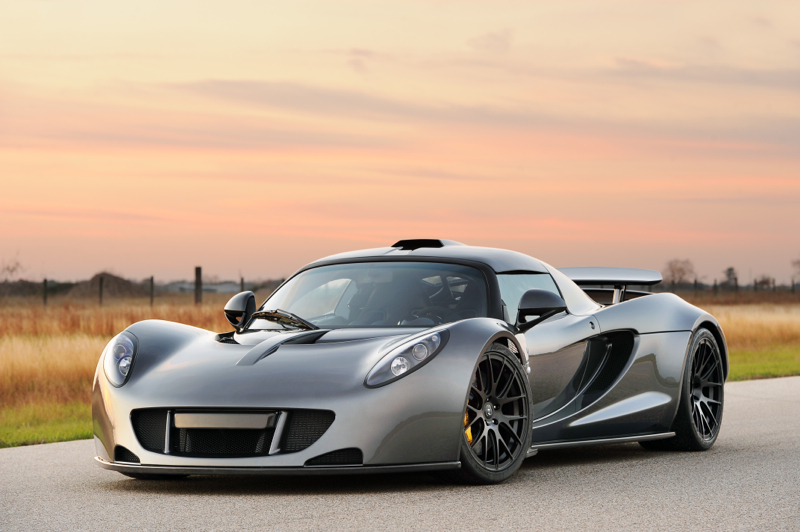
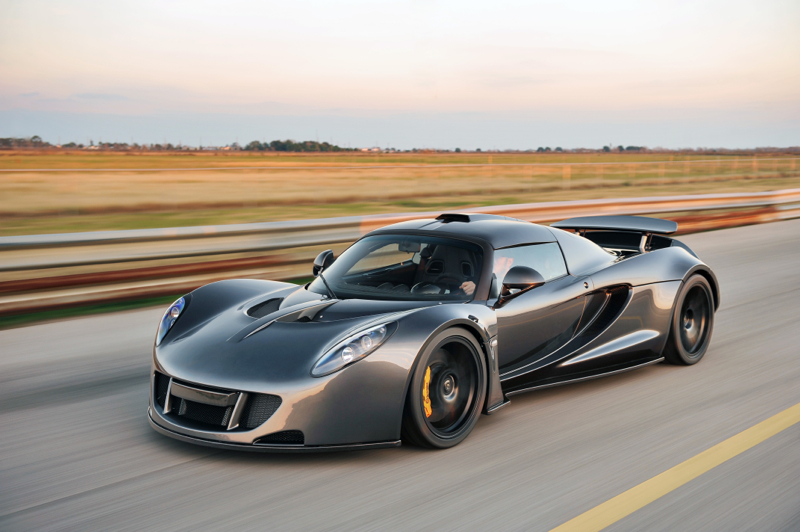
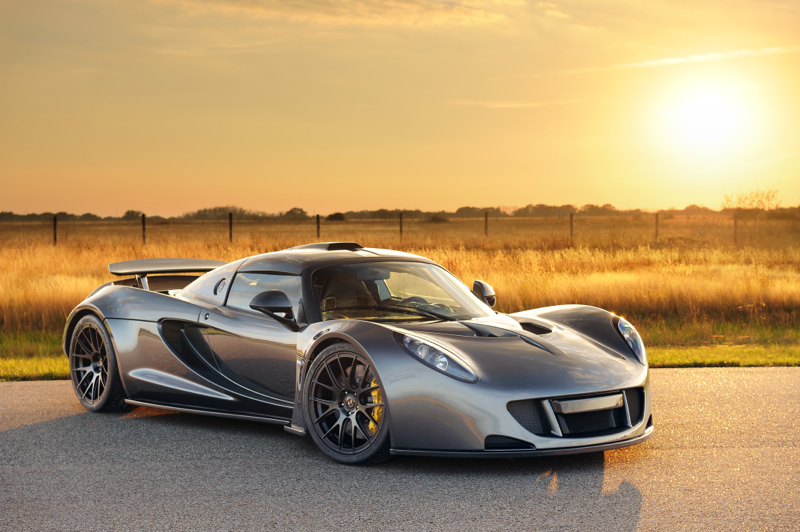
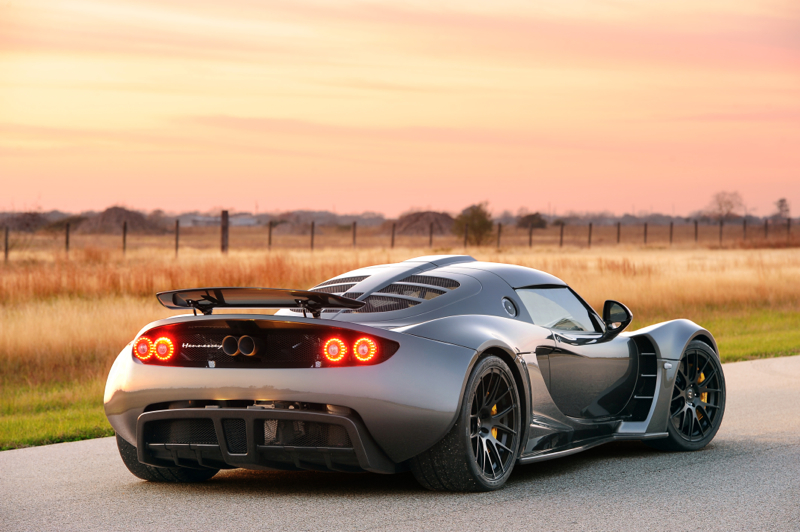

In building their own car, Hennessey elected to base the Venom GT on the Lotus Exige chassis. No need to retake, you read that right, another Lotus chassis. The Exige chassis was extensively modified and lengthen to accommodate the Venom Twin -turbo charged 7.0-liter LS7 V-8 engine. Many components of the Exige were retained in the Venom such as the roof, doors, windscreen, side glass, cockpit, floorpan, HVAC system, wiper and head lamps.
The Venom GT is perhaps the best adaptation of a Lotus chassis to develop something extraordinarily great.
Engine and Performance
- Engine: 7.0-liter twin-turbocharged V8 (based on GM LS7 engine)
- Power Output: 1,244 horsepower (928 kW)
- Torque: 1,155 lb-ft (1,564 Nm) of torque
- Transmission: 6-speed manual (Ricardo gearbox)
- Drivetrain: Rear-wheel drive (RWD)
- Top Speed: 270.49 mph (435.31 km/h) (unofficial)
- 0–60 mph: 2.7 seconds
Saab 9-2X (2004–2006)
Saab is iconic for building some of the safest cars to ever exist. The company’s obsession with building safe cars was part of the reason the manufacturer went bankrupt and relinquished ownership to General Motors. We will leave Saab’s financial disaster topic for another day. Introduced in 2004 and sold until 2006, the 9-2X was essentially a rebadged Subaru Impreza WRX with tweaks to reflect Saab’s design language and driving characteristics. The car was born out of General Motors’ partial ownership of Subaru at the time, which allowed Saab to adapt Subaru’s well-regarded platform for their lineup.
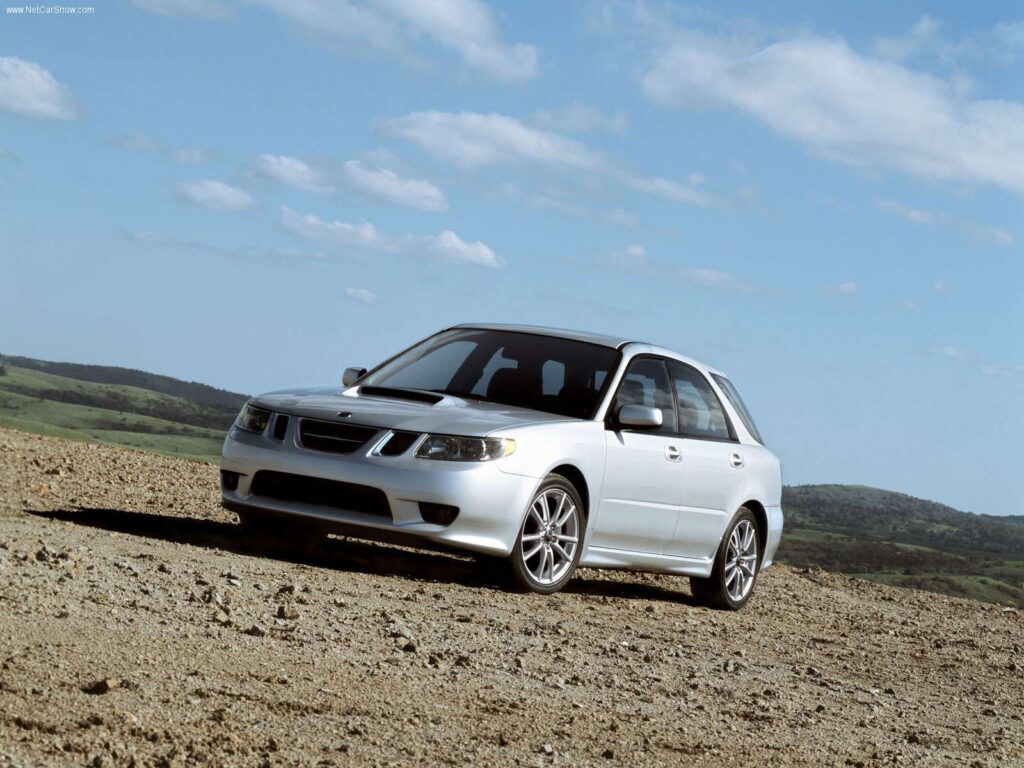

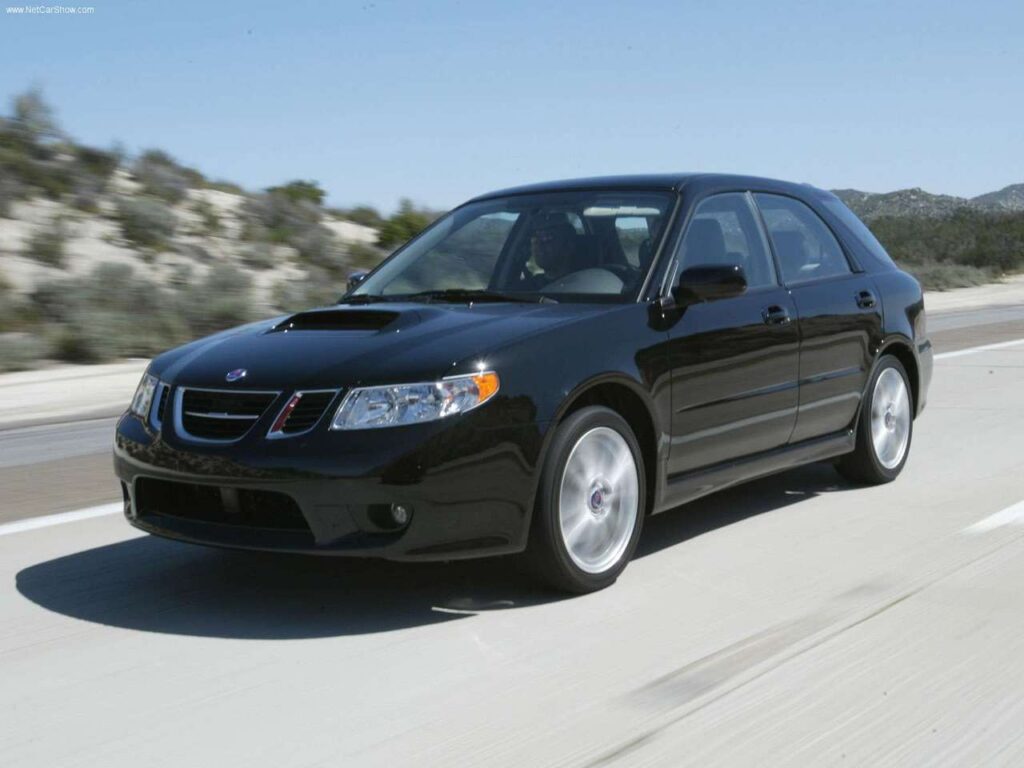
The Saab 9-2X will not be the last of platform Subaru lends to another manufacturer. In 2012, Subaru in a joint collaboration with Toyota introduced the BRZ also called the GT86 in other market. Although this collaboration isn’t strange, the Saab 9-2X find a home on this list because it failed to wow Saab purist and Subaru WRX fans preferred the original, leaving the 9-2X in between two worlds.
Saab 9-2X – Aero Trim
- Engine: 2.0-liter turbocharged flat-four (Boxer engine)
- Power Output: 227 horsepower @ 6,000 rpm
- Torque: 217 lb-ft @ 4,000 rpm
- Transmission: 5-speed manual or 4-speed automatic
- Drivetrain: All-Wheel Drive (AWD)
Aston Martin Cygnet
Sometimes regulations put vehicle manufacturers in a delicate position with very few options. The birth of the unusual Aston Martin Cygnet was directly as a result of Aston feeling the pressure of new strict European emission regulations that mandated automakers to lower their fleet-wide CO₂ emissions. Instead of designing a car with low emission or reducing existing models CO₂ numbers, Aston Martin found the best shortcut, get a low C02 emission car and slap a new front fascia and badges on it and voila, problem solved.
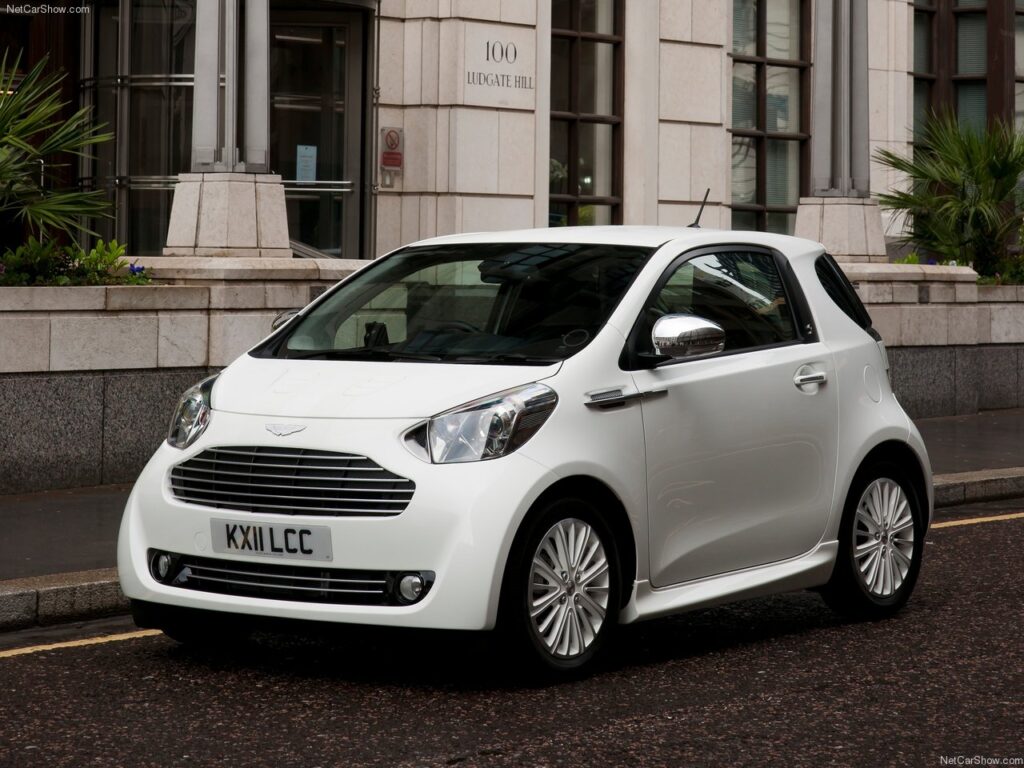
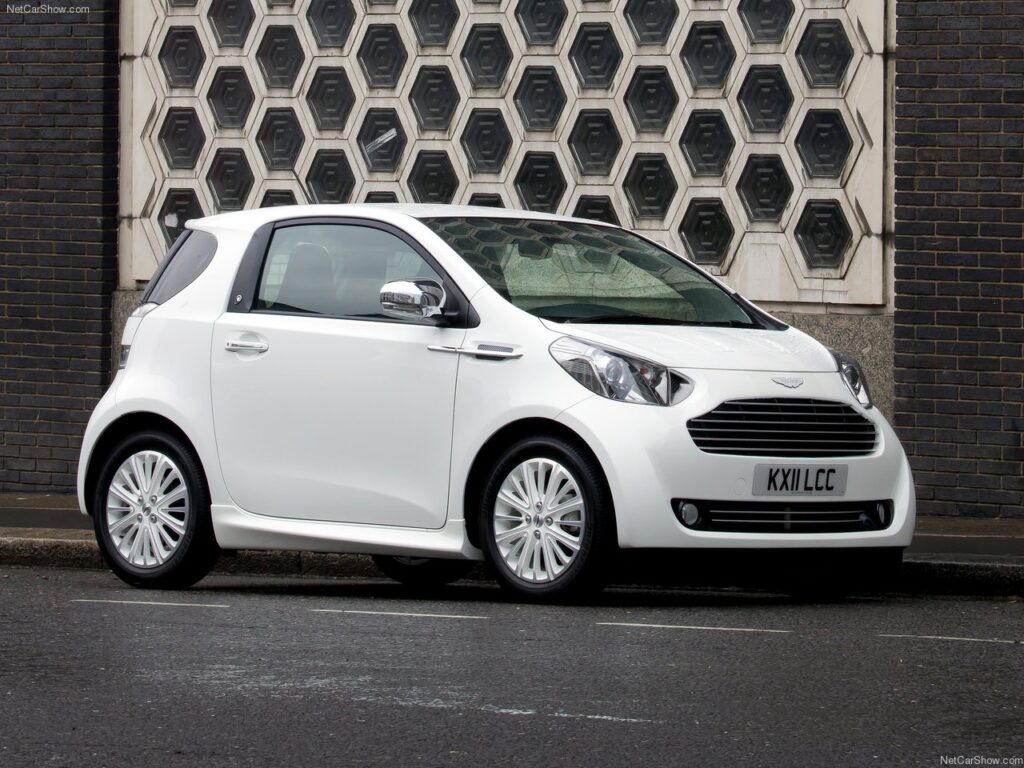
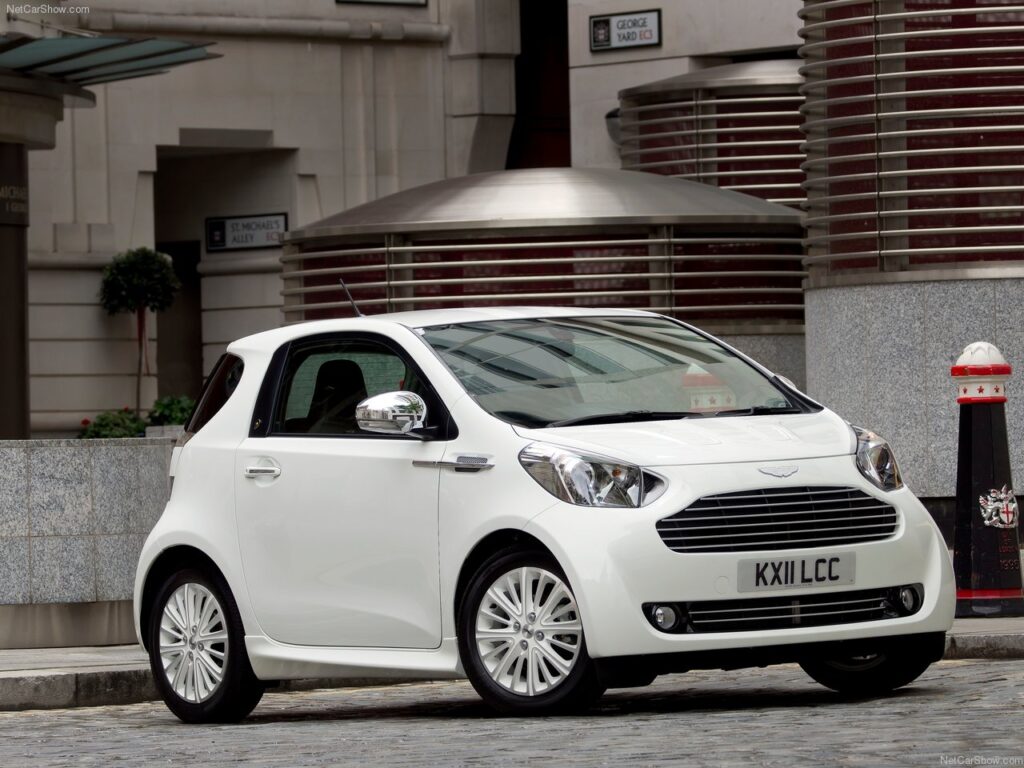
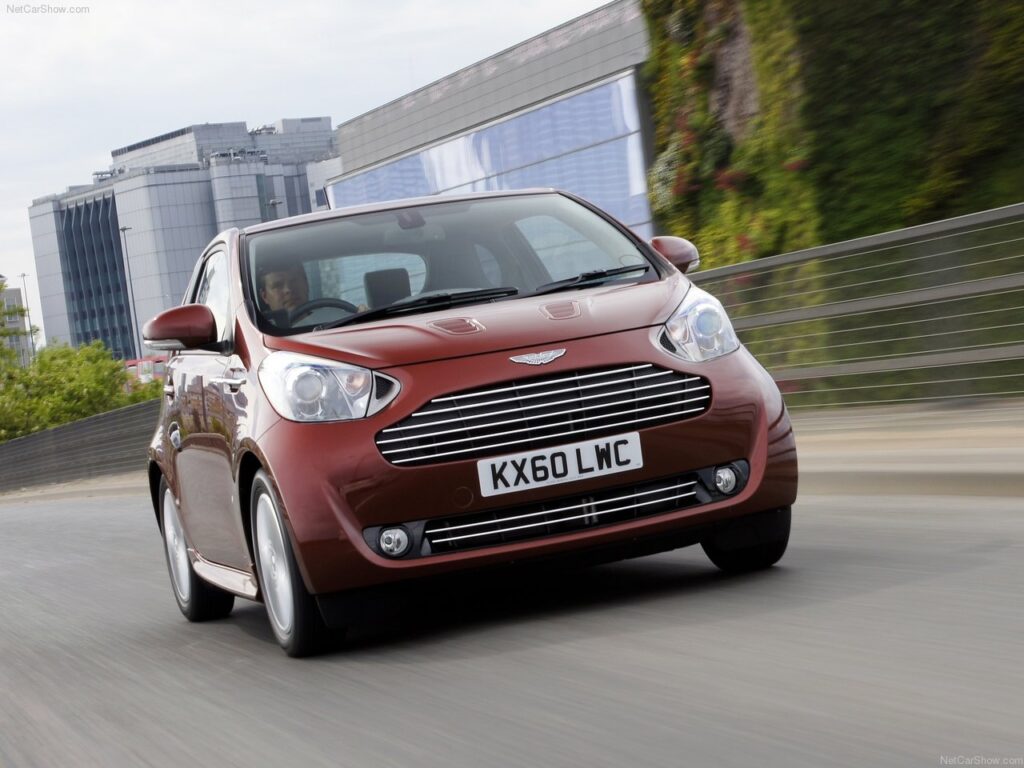
While the Cygnet succeeded in fulfilling its purpose as a low-emission city car, it struggled to resonate with buyers. Priced significantly higher than the Toyota iQ at £30,000 ($50,000), the Cygnet was rightfully viewed by many as an overpriced oddity rather than a genuine Aston Martin. Production ended in 2013 after fewer than 1,000 units were sold, making the Cygnet a rare and quirky chapter in Aston Martin’s history.
Aston Martin Cygnet Performance Specifications
- Engine: 1.3-liter naturally aspirated inline-four (Toyota-sourced)
- Power Output: 97 horsepower (72 kW)
- Torque: 92 lb-ft (125 Nm)
- Transmission: 6-speed manual or CVT (Continuously Variable Transmission)
- 0–60 mph: 11.8 seconds
- Drivetrain: Front-wheel drive (FWD)
Rezvani Beast
The all-new Rezvani Beast, not to be mistaken with the first Rezvani Beast based on the Arial Atom. This new car, based on the already bonkers C8 Corvettes has been heavily modified by the Californian manufacturer as if its sole purpose is to protect a Russian warlord. Leaves it mark on the Corvette’s chassis, engine, and exterior design to create a supercar with even greater power, aggressive styling, and unparalleled exclusivity.


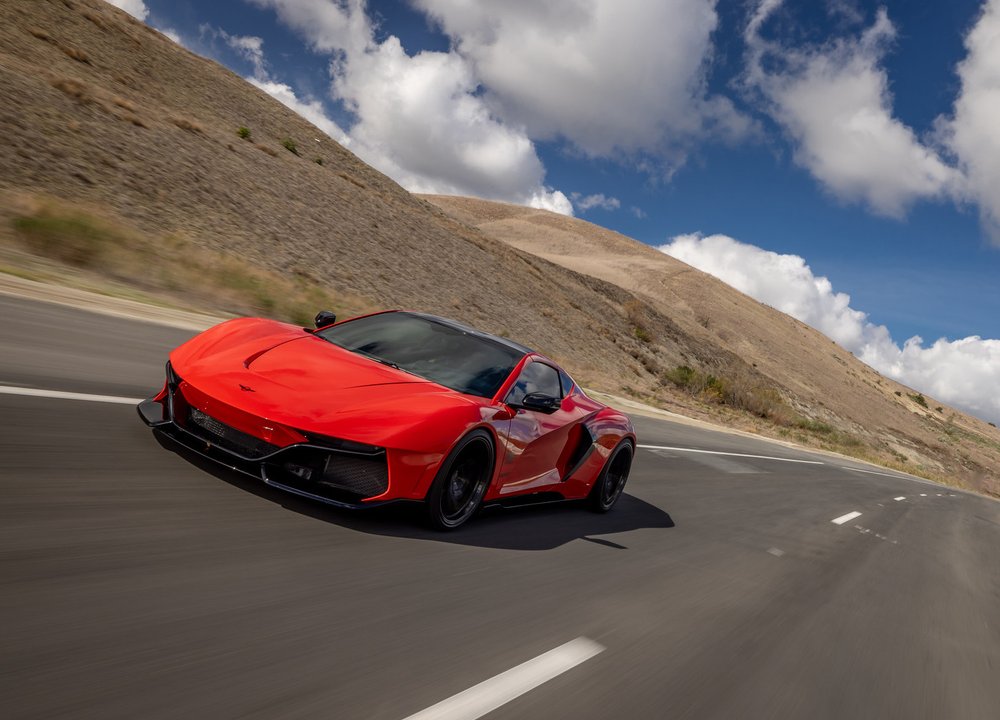
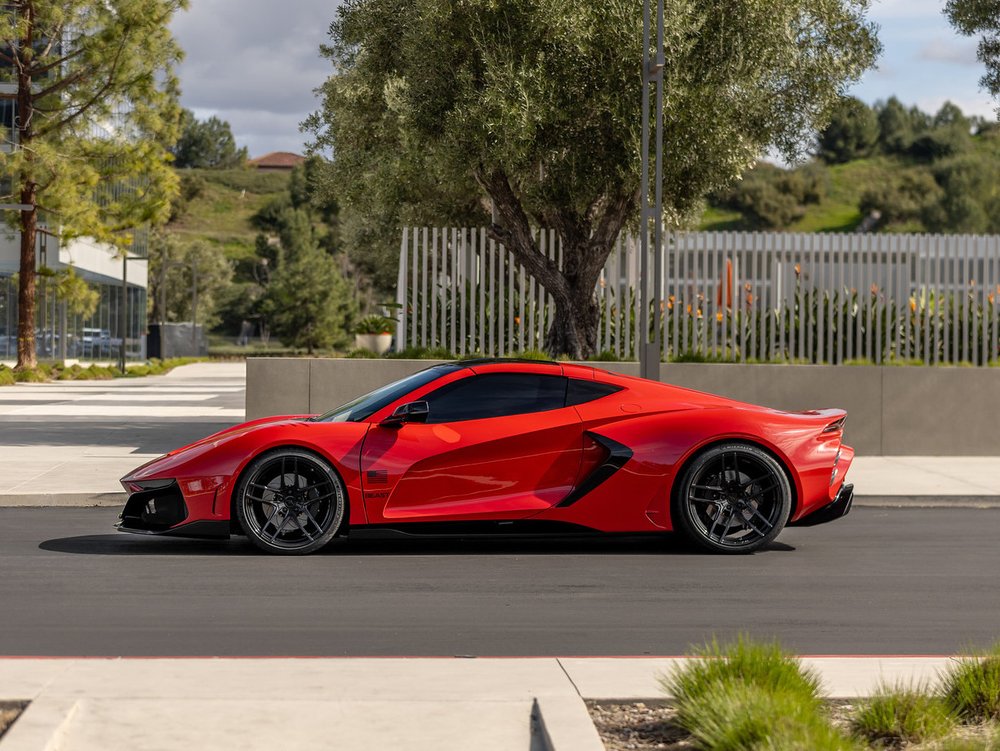
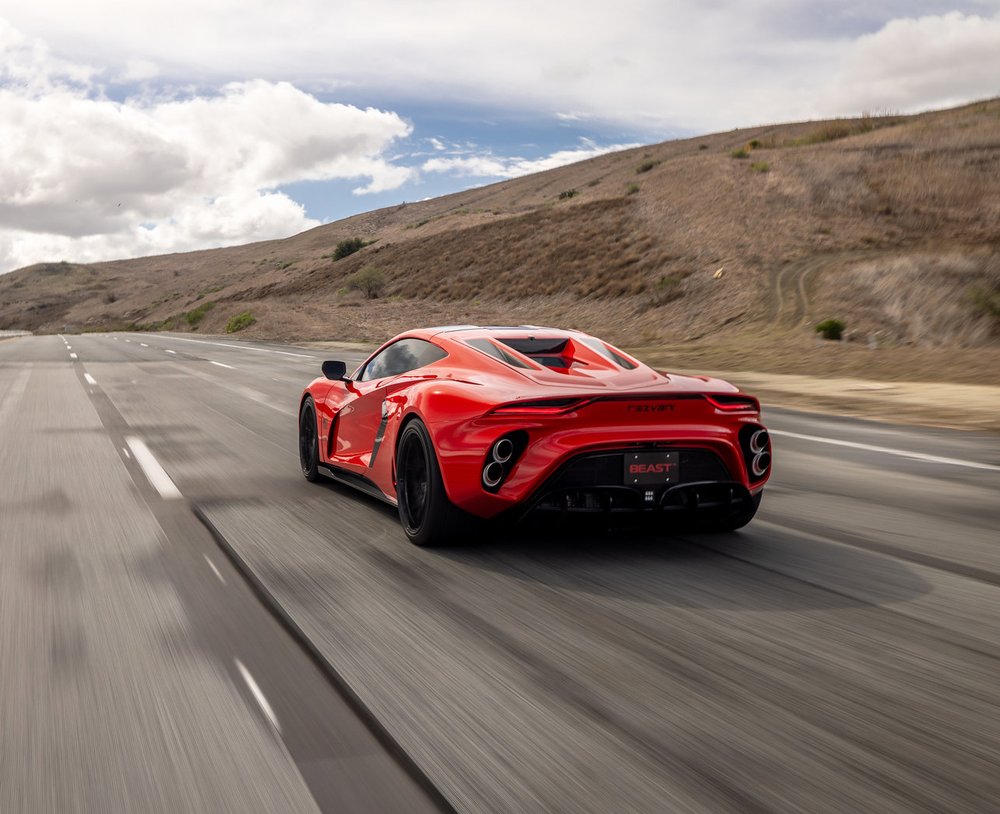
The C8 Corvette get an all-new front fascia, rear fascia that’s arguably better looking than the standard C8. The Rezvani Beast maintains the 6.2-liter V-8 engine from the C8 Corvette. For added power, Rezvani straps a twin turbo to the V-8 engine for a monstrous 1000 horsepower, far exceeding the stock C8 engine.
Rezvani Beast Performance Specifications
- Engine: 6.2 liter V-8 engine
- power: 1000 horsepower
- Torque: 878 pound-feet of torque
- Transmission: 8-speed dual-clutch automatic
- 0-60mph : 2.5 second
Rezvani also gives customer the option of tweaking other aspect of the Beast such as a $55,000 body armor and bulletproof glass that’s sure to protect you from some heavy fire power. Although the performance from the 1000-hp engine is sure to take a hit from lugging all that extra weight from the bulletproof armor. Other options available include thermal night vision, magnetic deadbolts, electromagnetic pulse protection, electrified door handles (don’t know why anyone will need that), pepper spray dispenser, sirens, and first-aid and hypothermia kits. If you look up mad-shit and crazy in the dictionary, the Rezvani Beast is what you see.
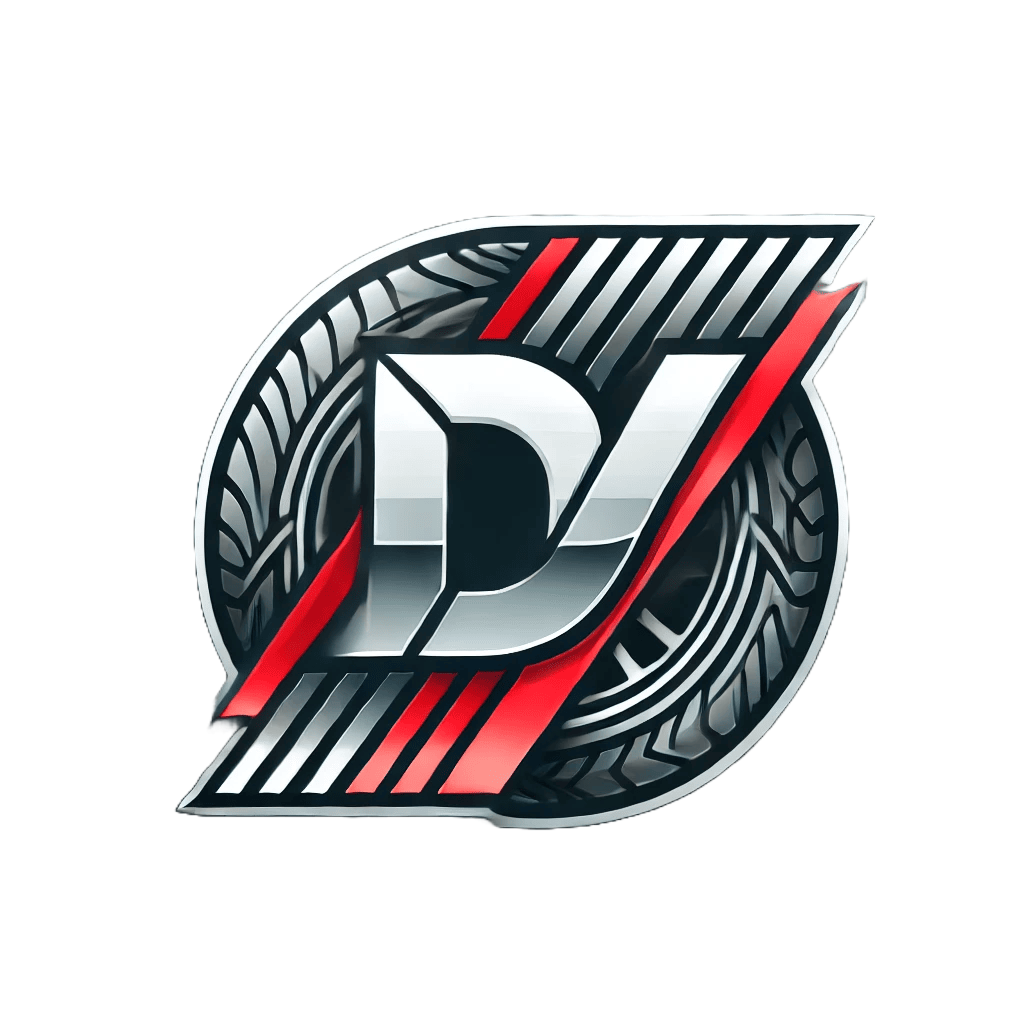
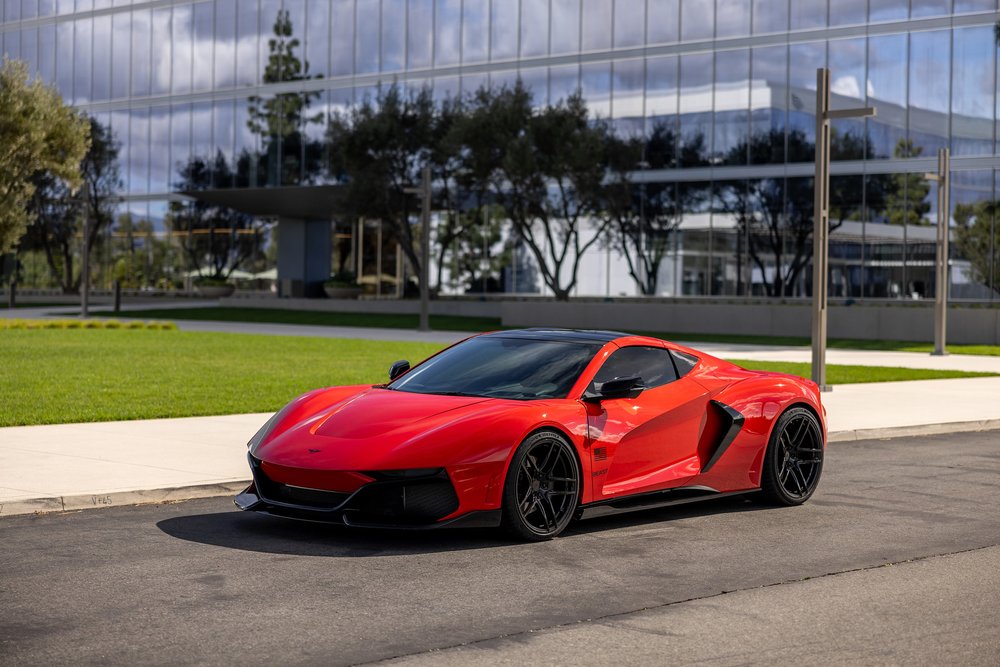

Leave a Reply